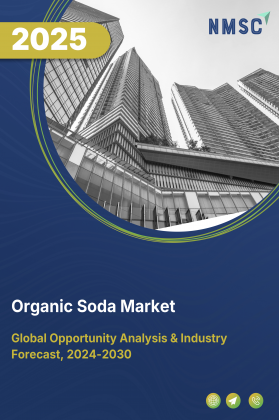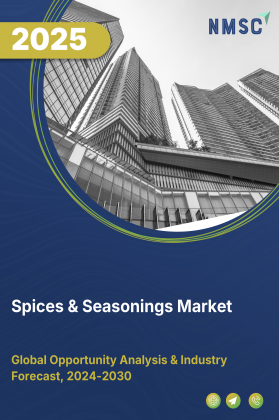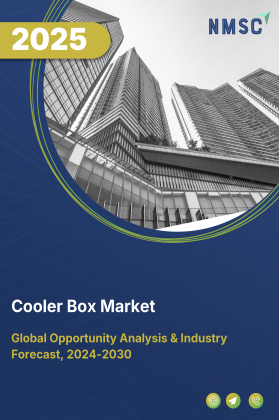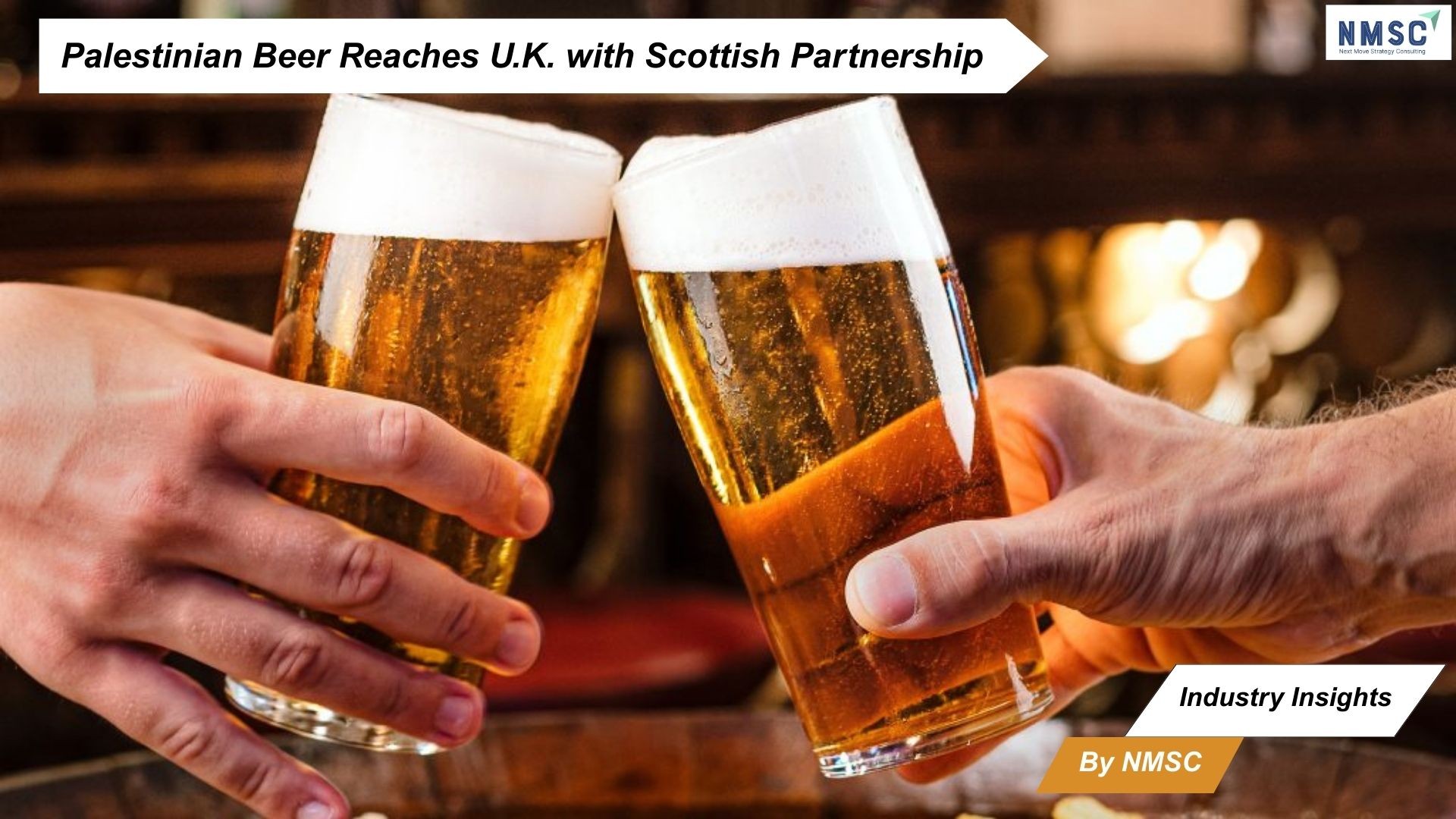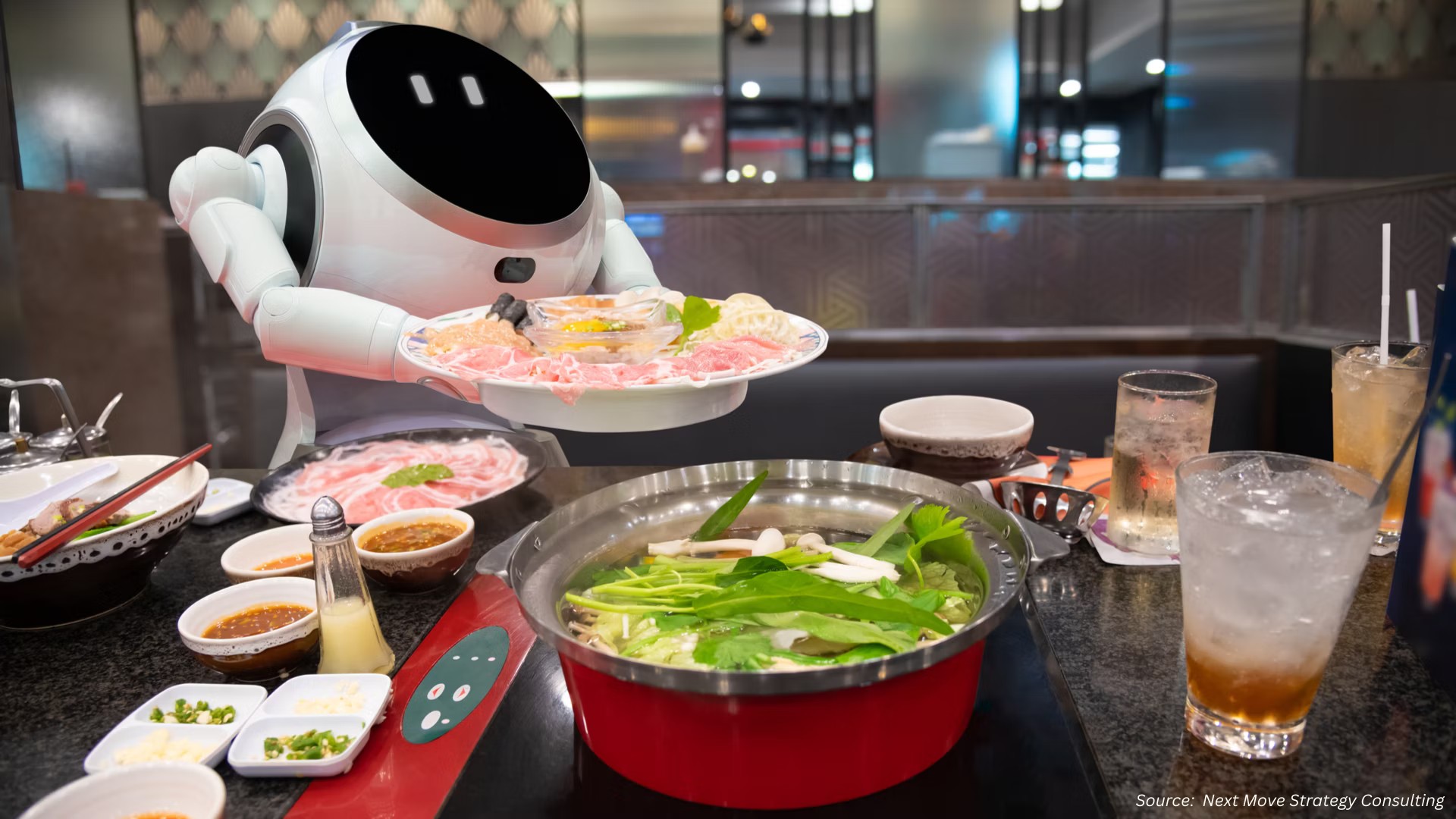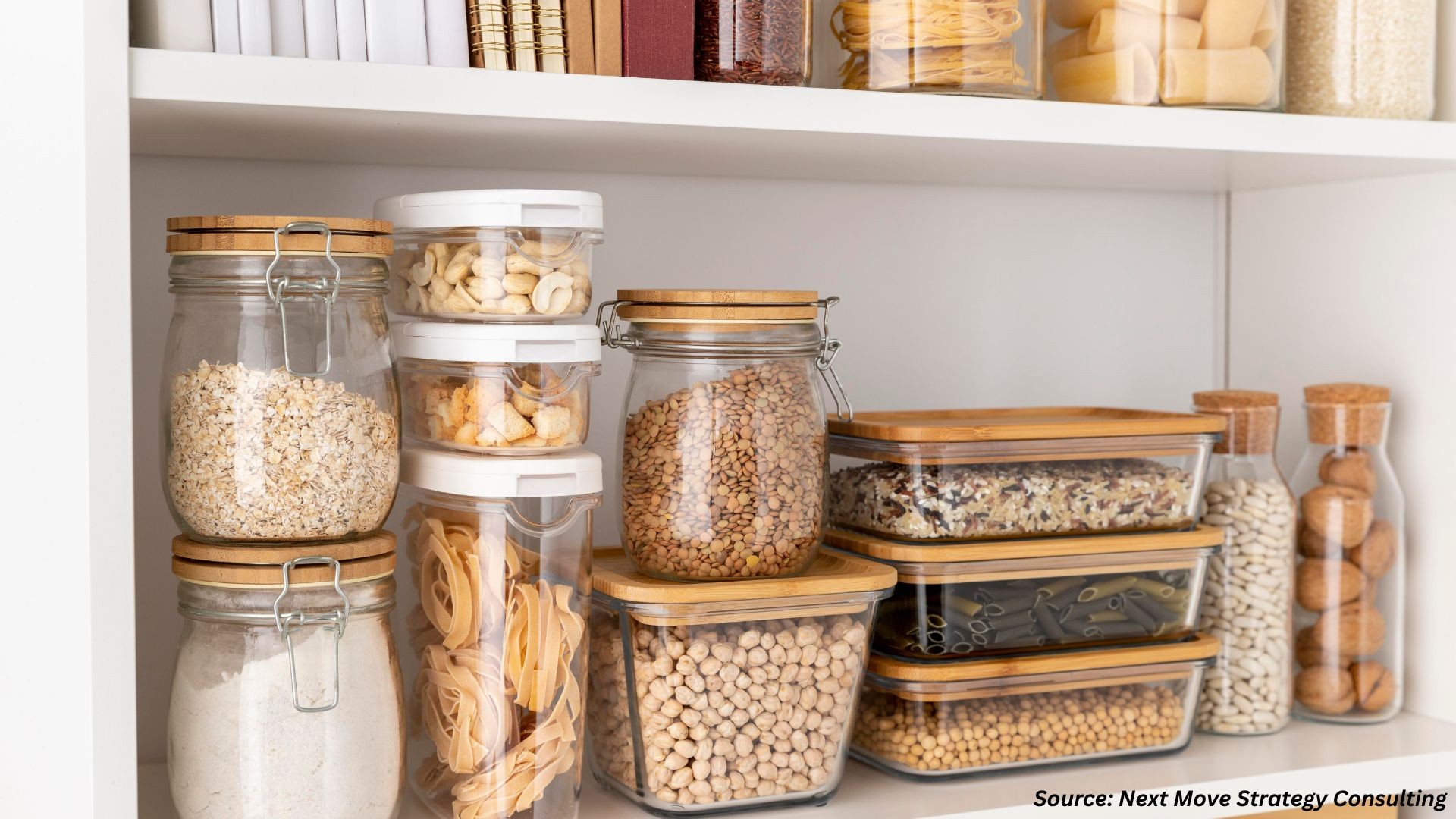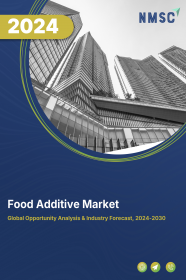
Food Additive Market by Additive Type (Preservatives, Sweeteners, Emulsifiers, Colorants, Flavor Enhancers, Antioxidants, Stabilizers, and Other Additive Types), by Source (Natural and Synthetic), by Application (Bakery and Confectionery, Beverages, Dairy and Frozen Products, Meat and Poultry Products, Sauces and Condiments, and Other Applications) – Global Opportunity Analysis and Industry Forecast, 2024–2030
Market Definition
The Food Additive Market size was valued at USD 113.46 billion in 2023 and is predicted to reach USD 165.10 billion by 2030 with a CAGR of 5.5% from 2024-2030. The food additive encompasses a diverse range of substances introduced to food products during processing or production. These additives serve various purposes, such as enhancing flavor, improving texture, extending shelf life, and preserving freshness. Their utilization is widespread across the food industry, contributing to the overall quality, safety, and appeal of processed and packaged foods.
Market Dynamics and Trends
The increasing consumption of packaged food products is increasing the demand for food additives as manufacturers seek additives to enhance shelf life. It also improves taste and texture, and maintain product quality, thereby meeting consumer demand for convenient and longer-lasting food options.
In December 2023, Kellanova launched its packaged food products which involves the utilization of food additives and preservatives to maintain its long shelf life. This strategic utilization of food additives underscores the industry's response to the increasing consumption of packaged food products. Thus, the company recognize the importance of enhancing shelf life and maintaining product quality to meet consumer demand for convenient and longer-lasting food options.
Additionally, the growing use of natural food additives and preservatives to maintain healthier and sustainable food preservation method is driving the demand for food additives market. This demand includes plant-based preservatives, colorants, and flavor enhancers to meet the escalating preference for healthier and transparent ingredient lists in food products.
For instance, in November 2022, Prinova Europe launched its natural antimicrobial preservative called PlantGuard AM, which is a plant-based antimicrobial that effectively inhibits the growth of yeasts, moulds, and bacteria. This preservative caters to the rising demand for natural preservatives in dairy, fish, meat, fruits, vegetables, cereals, and juices.
However, stringent regulatory compliances associated with the approval of new food additives is hindering the overall market growth. On the contrary, the integration of nanotechnology into food additive production is anticipated to generate substantial growth opportunities for the market.
As this advancement empowers businesses to create products with enhanced taste, texture, and nutritional profiles it thereby caters the consumer expectations for better quality and performance. For instance, in August 2023, Soul Strips, a nutraceutical brand, introduced a series of dissolvable vitamin strips utilizing edible film for oral absorption. These products are patented and developed using nanotechnology and innovative manufacturing processes.
This further aims to simplify health and nutrition by providing a convenient and effective way to take vitamins, especially for children. Thus, integration of nanotechnology in production of food additive products represents a significant potential for the future expansion of the market.
Market Segmentation and Scope of Study
The food additive market is segmented based of additive type, source, application, and region. On the basis of additive type, the market is classified into preservatives, sweeteners, emulsifiers, colorants, flavor enhancers, antioxidants, stabilizers, and other additive types. On the basis of source, the market is segmented into natural and synthetic. On the basis of application, the market is bifurcated into bakery and confectionery, beverages, dairy and frozen products, meat and poultry products, sauces and condiments, and other applications. Regional breakdown and analysis of each of the aforesaid segments include regions comprising North America, Europe, Asia-Pacific, and the Rest of the World (RoW).
Geographical Analysis
North America holds the dominating share of food additive market at present and is expected to continue its dominance during the forecast period. This is attributed to the factor such as the increasing investment in automated consumer packaged goods (CPG) distribution in developed countries such as the U.S. and Canada. This packaged good involves the use of food additive into the desired food products to maximize their shelf life and maintain its sustainability among the consumers.
For example, in July 2023, The Kraft Heinz Company invested USD 400 million to build one of the largest automated consumer packaged goods (CPG) distribution centers in North America. This significantly creates the demand of food additives and preservative to maintain the production of packaged food products within the facility. Further, the company is also developing a new food additive with the introduction of sweet protein products that positively affect the market growth in the region.
Moreover, the presence of regional companies that are engaged in various business strategies including product launches to boost the growth of the food additive market. These companies play a crucial role in driving advancements, innovation, and market expansion within the secondary aluminium sector in North America.
For instance, in October 2023, Ocean Spray launched its new product called Ocean Spray Zero Sugar Juice Drink which utilizes natural sweeteners and other additives to provide a health-conscious options for consumers. It is sweetened with stevia leaf extract and contains 0g of artificial sugar and it is the first national brand to offer a zero-sugar product.
On the other hand, Asia-Pacific is expected to show a steady rise in the food additive market owing to the rising milk production in countries including India, China and other South Asian countries which requires a specific amount of food additives to maintain its shelf life.
As per the report published by National Investment Promotion & Facilitation Agency (NIPFA), India is the leading milk producer in the region contributing to 24.64% of the total milk production and demonstrates a remarkable 58% increase in output over the past nine years. This heightened production creates a consistent demand for food additives, especially in the processing of diverse dairy products in the region.
Also, the increasing demand for emulsifiers, sweeteners, and other food additives in dairy and frozen food products signifies a growing trend in the region towards the production of value-added food products. This heightened demand is significantly fueling the market expansion which allows manufacturers to utilize these additives to augment the standard of dairy and frozen products in the region.
For example, in August 2023, Blendhub launched stabilizer-emulsifier which is a type of food additives used for frozen desserts, low-fat ice cream and premium ice cream within the dairy industry. These innovations align with consumer trends towards healthier options such as low fat and no sugar products.
Competitive Landscape
The food additive market comprises various market players including Cargill Incorporation, BASF SE, Archer Daniels Midland Company (ADM), International Flavors & Fragrances Inc. (IFF), Kerry Group plc, Chr. Hasen Holding A/S, CP Kelco, Ingredion Incorporated, Tate & Lyle PLC, Heura, and others. These market players are adopting various strategies such as business expansion and product launch to maintain their dominance in the food additive market.
For instance, in October 2023 Cargill, a global food corporation, expanded its presence in South India with a manufacturing facility in Nellore, Andhra Pradesh. Moreover, the company invested USD 35 million in the new unit to grow its market presence in the region.
Also, in October 2023, Heura, a Spanish alternative meat brand, launched its first additive-free York-style plant-based ham slices to boast a high protein density of 64% while being low in total and saturated fat. This aims to provide consumers with processed deli meats due to health concerns such as bowel cancer.
Key Benefits
-
The report provides quantitative analysis and estimations of the food additive market from 2024 to 2030, which assists in identifying the prevailing market opportunities.
-
The study comprises a deep-dive analysis of the food additive market including the current and future trends to depict prevalent investment pockets in the market.
-
Information related to key drivers, restraints, and opportunities and their impact on the food additive market is provided in the report.
-
Competitive analysis of the players, along with their market share is provided in the report.
-
SWOT analysis and Porters Five Forces model is elaborated in the study.
-
Value chain analysis in the market study provides a clear picture of the roles of stakeholders.
Key Market Segments
By Additive Type
-
Preservatives
-
Sweeteners
-
Emulsifiers
-
Colorants
-
Flavor Enhancers
-
Antioxidants
-
Stabilizers
-
Other Additive Types
By Source
-
Natural
-
Synthetic
By Application
-
Bakery and Confectionery
-
Beverages
-
Dairy and Frozen Products
-
Meat and Poultry Products
-
Sauces and Condiments
-
Other Applications
By Region
-
North America
-
The U.S.
-
Canada
-
Mexico
-
-
Europe
-
The UK
-
Germany
-
France
-
Italy
-
Spain
-
Denmark
-
Netherlands
-
Finland
-
Sweden
-
Norway
-
Russia
-
Rest of Europe
-
-
Asia-Pacific
-
China
-
Japan
-
India
-
South Korea
-
Australia
-
Indonesia
-
Singapore
-
Taiwan
-
Thailand
-
Rest of Asia Pacific
-
-
Rest of the World
-
Latin America
-
Middle East
-
Africa
-
REPORT SCOPE AND SEGMENTATION:
|
Parameters |
Details |
|
Market Size in 2023 |
USD 113.46 Billion |
|
Revenue Forecast in 2030 |
USD 165.10 Billion |
|
Growth Rate |
CAGR of 5.5% from 2024 to 2030 |
|
Analysis Period |
2023–2030 |
|
Base Year Considered |
2023 |
|
Forecast Period |
2024–2030 |
|
Market Size Estimation |
Billion (USD) |
|
Growth Factors |
|
|
Countries Covered |
28 |
|
Companies Profiled |
10 |
|
Market Share |
Available for 10 companies |
|
Customization Scope |
Free customization (equivalent up to 80 working hours of analysts) after purchase. Addition or alteration to country, regional, and segment scope. |
|
Pricing and Purchase Options |
Avail customized purchase options to meet your exact research needs. |
KEY PLAYERS
-
Cargill Incorporation
-
BASF SE
-
Archer Daniels Midland Company (ADM)
-
International Flavors & Fragrances Inc. (IFF)
-
Kerry Group plc
-
Chr. Hasen Holding A/S
-
CP Kelco
-
Ingredion Incorporated
-
Tate & Lyle PLC
-
Heura




















 Speak to Our Analyst
Speak to Our Analyst



